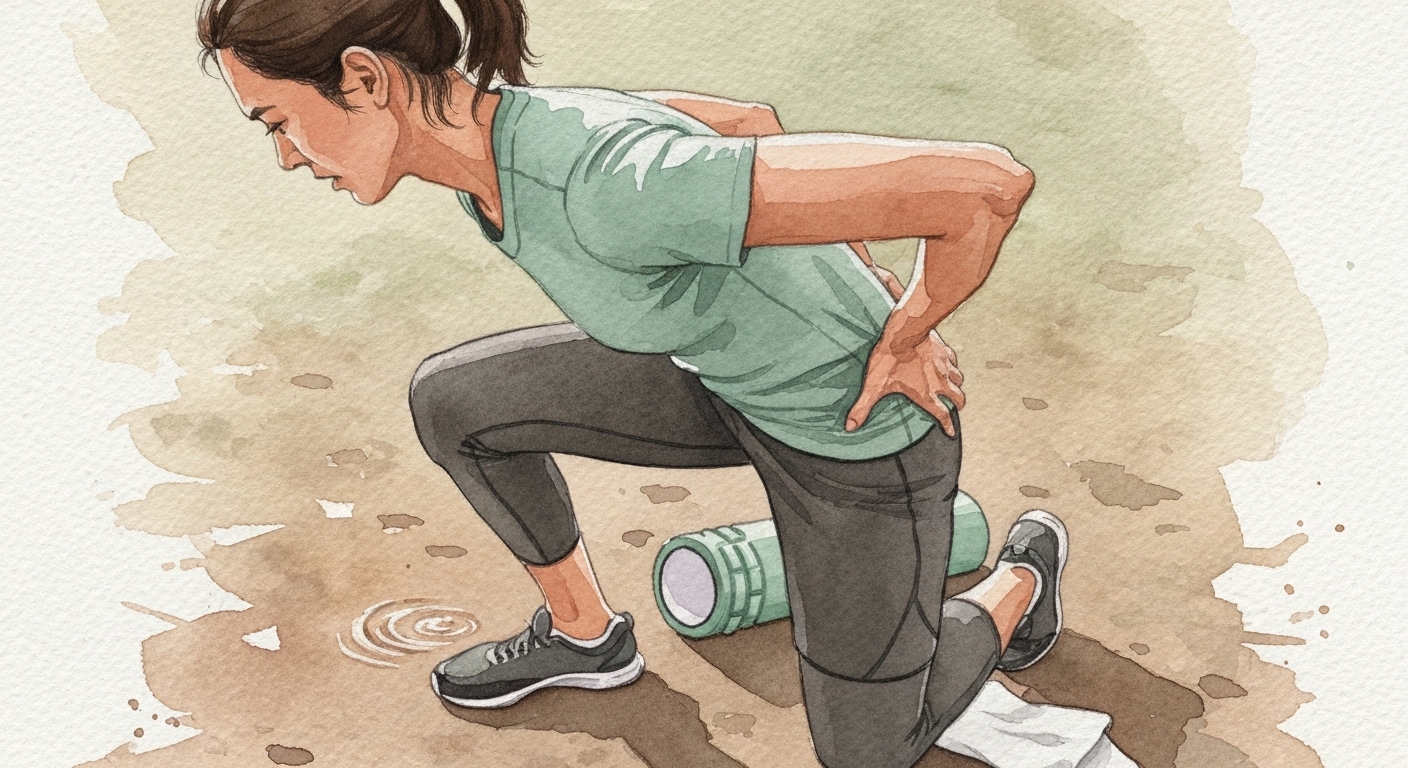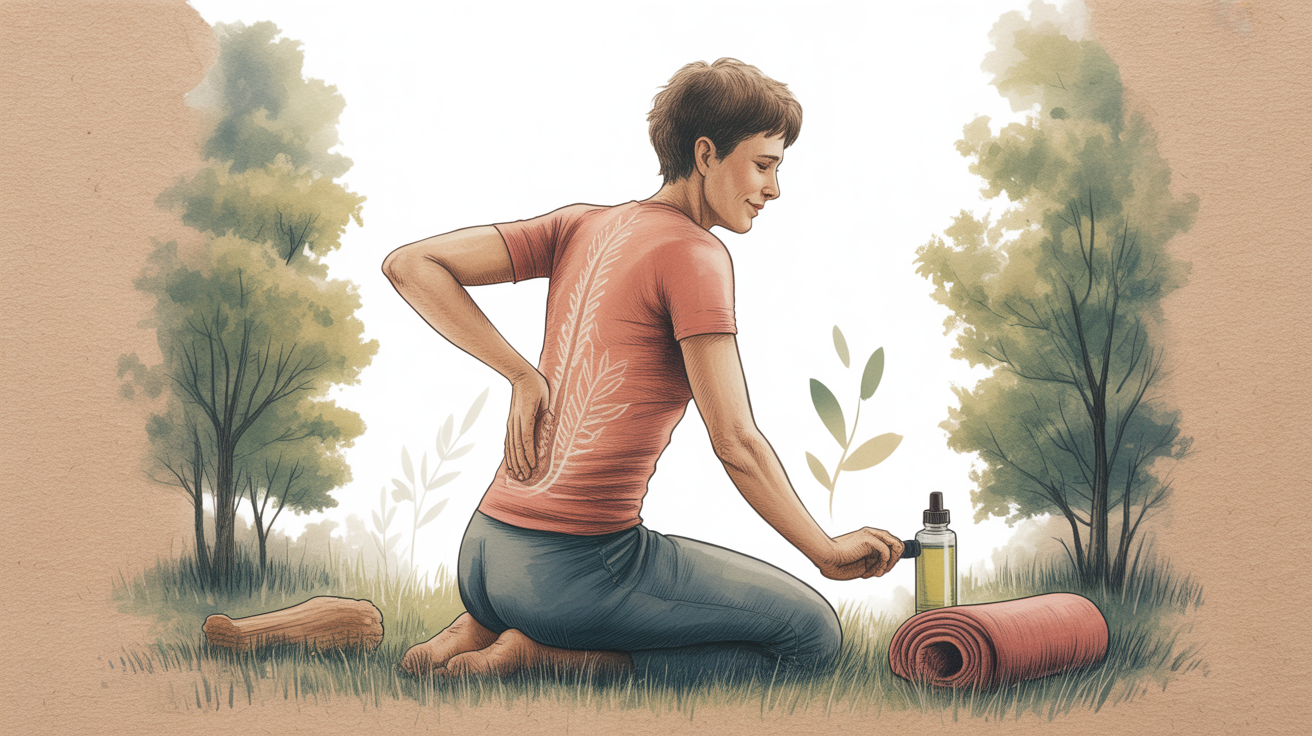There is a strange, dislocated moment when you first wake up from surgery. It’s a blurry, low-gravity feeling where the last thing you remember is a ceiling tile and the first thing you notice is a gentle beeping sound somewhere nearby. The procedure itself is over, the part you had no control over. But the real work, the part you control completely, is just beginning. A successful surgery recovery isn’t a passive waiting game. It’s an active process, a series of small, deliberate steps that guide your body back to strength and function. This isn’t a medical lecture filled with complicated terms. It’s a practical guide to navigating the physical and mental path of healing, from that first foggy moment in the recovery room to the day you realize you’re not thinking about the surgery anymore.
The First 24 Hours: Navigating the Fog
That first day after surgery is mostly about observation and managing the immediate aftermath of anesthesia and the procedure. You’ll likely feel groggy, thirsty, and sore. Your main job is simple: communicate.
Waking Up and That First Conversation
A nurse will be your guide through this initial phase. They’ll monitor your vital signs and, most importantly, ask you about your pain. This brings up the first and most critical part of your recovery: the pain management conversation. They will likely ask you to rate your pain on a scale of 0 to 10. This isn’t a test. Be honest. A “4” is very different from a “7,” and your answer determines what they can do to help you.
Why Staying Ahead of the Pain Matters
What people often get wrong right away is trying to be tough. They wait until the pain is unbearable (an 8 or 9) before they ask for medication. This is a mistake. It’s much harder to get pain under control once it’s already raging. The goal is to stay ahead of the pain, to keep it at a manageable level (like a 3 or 4). This isn’t just for comfort. Uncontrolled pain can raise your blood pressure, increase stress, and make it impossible to get the rest you need. Even more, if you’re in too much pain to move a little-to shift in bed or take a short walk down the hall-you’re at a higher risk for complications like blood clots and pneumonia. The first small win of your recovery is learning to use the pain scale and speaking up before things get bad.
Phase 1: The Early Days at Home
Getting home from the hospital is a huge milestone, but it’s also where you become the primary manager of your own care. The focus in these first days is creating the best possible environment for healing. This is less about active exercise and more about smart self-care.
The Holy Trinity: Rest, Nutrition, and Hydration
- What “Rest” Actually Means: Rest is critical, but it doesn’t mean lying flat on your back for a week. Strict bed rest can lead to muscle atrophy and blood clots. “Rest” in this context means protecting the surgical site. It means avoiding activities that put stress or strain on the area that was repaired. Gentle movement, like walking to the kitchen or bathroom, is good. It promotes circulation and prevents stiffness. The goal is to balance rest with light activity.
- Fueling the Repair Crew: Your body is working overtime to repair tissue, and it needs the right fuel. This is not the time for an aggressive diet. Focus on protein, which provides the building blocks for tissue repair. Things like chicken, fish, eggs, beans, and Greek yogurt are great choices. You also need to think about fiber. Pain medications are notorious for causing constipation, which can be surprisingly miserable. Eating fruits, vegetables, and whole grains, along with drinking plenty of water, can help keep things moving.
Wound Care and Common Roadblocks
Looking at your incision for the first time can be a little unnerving. Follow your surgeon’s instructions for wound care after surgery to the letter. This usually involves keeping it clean and dry. A little redness and swelling around the edges is normal. What’s not normal are signs of infection, which we’ll cover later.
Getting good sleep can also be a challenge. Pain can wake you up, and it can be hard to find a comfortable position. Use pillows to prop up your joints and support your body. If pain is the main issue, try to time your pain medication so it’s working its best when you’re trying to sleep. This phase is about patience. You won’t feel great, and that’s okay. You’re healing.
Phase 2: Introducing Movement and Physical Therapy
After the initial phase of rest and healing, it’s time to start actively restoring movement and strength. For many orthopedic surgeries, this means starting physical therapy after surgery. This is often the most important component of your long-term outcome.
Your First Physical Therapy Appointment
Your first PT session probably won’t be a grueling workout. It’s mostly an assessment. Your therapist will look at your incision, measure your range of motion, and assess your strength. They’ll talk to you about your goals and create a plan. They are your coach, not a drill sergeant. Their job is to guide you safely through the recovery process.
Why Those “Boring” Exercises are Everything
The initial exercises you’ll be given will likely seem incredibly simple, almost laughably so. Things like ankle pumps (flexing your foot up and down), quad sets (tightening your thigh muscle), or gentle heel slides. It’s easy to feel like they aren’t doing anything. This is a huge mistake. These simple activation exercises are crucial. They do a few key things:
- They help pump swelling out of the area.
- They prevent your joints from getting stiff.
- They re-establish the connection between your brain and your muscles, which gets disrupted by surgery.
The “No Pain, No Gain” Myth
Here is where so many people go wrong. They think that rehabilitation after surgery should hurt, that feeling pain means it’s working. This is completely false. In this context, pain is a stop sign. It’s your body’s way of saying, “That’s too much, too soon.” You should feel a gentle stretch or the feeling of a muscle working, but you should not feel sharp, stabbing, or intense pain at the surgical site. Pushing through that kind of pain can damage the repair and cause a major setback. A small win that builds momentum is completing your set of exercises with no pain. That’s the real goal.
The Mental Game of Recovery
We talk a lot about the physical side of surgery recovery, but the mental and emotional side is just as important, and often more challenging. It’s normal to feel a mix of frustration, boredom, and even sadness.
Acknowledging the Frustration
You’re used to being independent, and now you might need help with basic things like getting dressed or making a meal. Your progress can feel painfully slow. Some days you’ll feel great, and the next you might feel sore and discouraged. This is a normal part of the non-linear healing process. It’s not a step backward; it’s just a dip in the road. Knowing this can help you manage the frustration.
The Power of Small Wins
Because progress can be slow, it’s vital to recognize and celebrate the small victories. Did you put on your own socks today? That’s a win. Did you walk to the end of the driveway? That’s a win. Did you sleep through the night without pain? That’s a huge win. Focusing on these small, concrete signs of progress can keep you motivated and pull you out of the feeling that you’re stuck. It’s also important to learn how to ask for and accept help. It’s not a sign of weakness; it’s a sign that you’re smart enough to prioritize your recovery.
Red Flags: When to Call Your Doctor
Most of your recovery will involve normal aches and pains. But it’s important to know the difference between normal healing and a potential complication. Don’t hesitate to call your surgeon’s office if you experience any of these signs of infection after surgery or other issues.
- A fever higher than 101°F (38.3°C).
- Worsening redness, warmth, or swelling around the incision.
- Pus or foul-smelling drainage from the wound.
- Pain that is suddenly much worse and not controlled by your medication.
- Sudden shortness of breath or chest pain (this could be a blood clot and is a medical emergency).
- Calf pain and swelling, especially if it’s only in one leg.
Trust your gut. If something feels wrong, it’s always better to make the call.
Quick Takeaways
- Stay ahead of your pain. It’s easier to keep it low than to bring it down from a high level.
- “Rest” means protecting the surgical site, not complete inactivity. Gentle movement is good.
- Your physical therapist is your coach. Pain is a signal to stop, not to push harder.
- The mental game is real. Be patient with yourself and celebrate small victories.
- Constipation from pain medication is a common problem. Plan for it with fiber and water.
- Know the red flags for infection or blood clots and call your doctor if you’re concerned.
- Asking for help is a sign of strength, not weakness.
Conclusion: The Comeback is Yours
The path of surgery recovery is rarely a straight line. There will be moments of progress and frustrating plateaus. I learned this the hard way after a knee surgery when, feeling good after a few weeks, I decided to “test it out” with a much longer walk than my therapist had recommended. The setback was immediate-a swollen, angry knee that cost me a week of progress. It taught me that recovery happens on the body’s timeline, not my own impatient one.
What’s worth remembering is that you are an active participant in this process. The surgeon did their part, but the quality of your comeback is largely in your hands. It’s built on consistency-doing those boring exercises every day. It’s built on patience-respecting your body’s limits. And it’s built on communication-being honest with your care team and yourself. By embracing the process, celebrating the small wins, and giving your body the time and support it needs, you can navigate the challenges and achieve a full and successful recovery.
Frequently Asked Questions
1. How can I speed up my recovery after surgery?
While you can’t rush biology, you can create the ideal conditions for healing. This includes following your physical therapy plan diligently, eating a nutrient-rich diet with adequate protein, staying hydrated, getting enough sleep, and not smoking. Avoiding setbacks from doing too much, too soon is one of the best ways to ensure a “fast” recovery.
2. What are the first signs of infection after surgery?
Early signs of a wound infection include increasing redness that spreads away from the incision, worsening swelling or warmth around the area, pus-like drainage (yellow or green), a foul odor from the wound, and a fever. If you notice these, contact your surgeon’s office.
3. Is it normal to feel depressed or sad after surgery?
Yes, it’s very common to experience a period of low mood or “post-operative blues.” The combination of anesthesia, pain, reduced mobility, and dependence on others can be emotionally taxing. If these feelings are severe or last for more than a few weeks, it’s important to talk to your doctor.
4. When can I start exercising again after surgery?
This depends entirely on the type of surgery you had. Your surgeon will give you specific guidelines. “Exercising” will start with very gentle, prescribed rehabilitation movements. Returning to more strenuous activities like running or sports will be a gradual process guided by your physical therapist over weeks or months.
5. How do I manage pain after surgery without relying only on opioids?
Combining strategies is very effective for pain management after surgery. This can include using over-the-counter anti-inflammatories like ibuprofen (if approved by your doctor), applying ice packs to reduce swelling and numb the area, and using elevation. As you progress, gentle movement and physical therapy are also powerful pain relievers.




